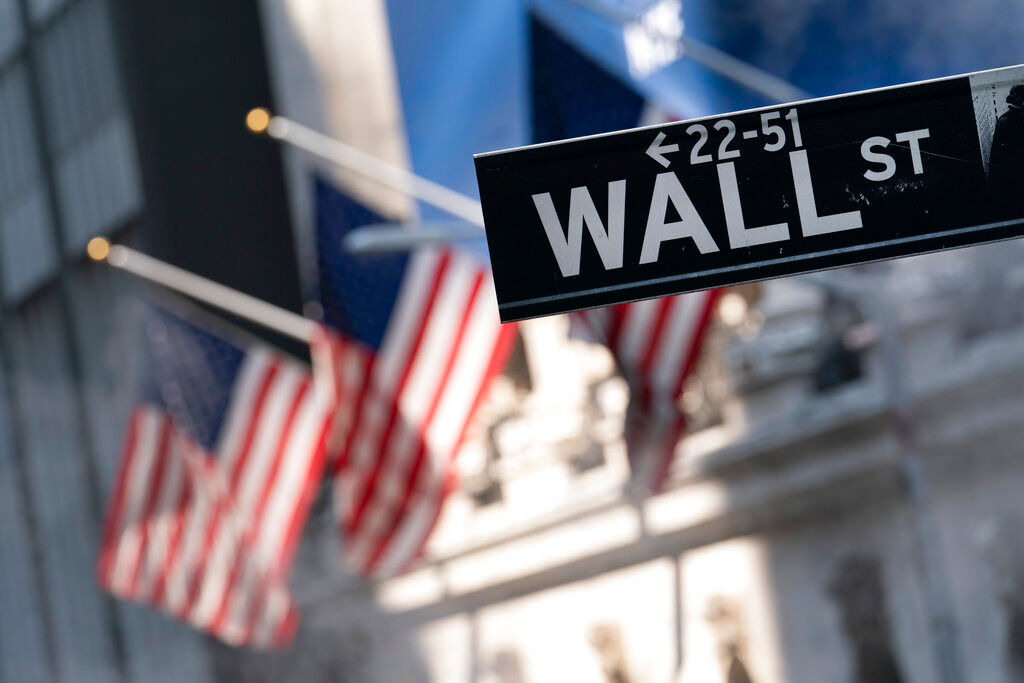Stocks were trading lower in morning trading on Wall Street
Wednesday as a sharp decline in crude oil prices pulled energy companies down.
The S&P 500 fell 2.51% or 0.06% at 3,762.28 as of 10:14
a.m. Eastern time zone. The Dow Jones Industrial Average fell 191 points, or
0.6%, to 30,344. The Nasdaq rose 35.61 points or 0.32% to 11,104.91.
Also Read | Why Sri Lanka is planning for donor conference with India, China and Japan
US crude oil prices tumbled by 6.15 and weighed heavily on
energy stocks. Chevron plunged 4.4%.
Bond yields declined sharply. The yield on the 10-year Treasury
slipped to 3.14% from 3.30 late Tuesday. It led to a decline in bank stocks,
which depend on higher yields to charge more lucrative interest on loans.
Citigroup slipped 1%.
Also Read | Making Amazon safer, one robot at a time
Technology and industrial stocks also fell broadly. Asian
and European stock exchanges also turned lower.
The weak opening comes after a strong rally on Tuesday in
what has been a turbulent period for the broader market. The market has been
witnessing daily and sometimes hourly swings from sharp gains to losses. That
has been largely driven by fears of rising inflation and the Federal Reserve’s
plan to aggressively hike interest rates to curb inflation’s impact on
consumers and businesses.
Also Read | Is Elon Musk ready to walk away from Twitter deal?
Federal Reserve Chair Jerome Powell outlined the Fed’s
determination to raise interest rates high enough to control inflation, a
commitment that has raised concerns that the central bank’s fight against
increasing prices could tip the economy into recession. This week, Powell is
addressing Congress, starting with the Senate Banking Committee on Wednesday.
Also Read | UK inflation rate hits new 40-year high: All you need to know
Powell’s testimony follows the Fed raising its benchmark
interest rate by three-quarters of a percentage point, its biggest hike in
around three decades. With inflation worsening, the Fed’s policymakers also
anticipated a more accelerated pace of rate hikes this year and next than they
had predicted three months ago, with its key rate reaching 3.8% by the end of
2023. That would be its highest level in 15 years.
Also Read | What’s in US Senate’s new gun violence bill?
The Fed’s measures the coming as some disappointing signals
have emerged about the economy, including sagging spending at the retailers and
soured consumer sentiment
The concerns over inflation and interest rates have been
increased by a spike in energy and other key commodity prices following
Russia’s invasion of Ukraine.







